The seagrass meadows that lie beneath the waters of Britain are 'one of the most valuable and biodiverse habitats on the planet'
The UK’s seagrass meadows are an important wildlife habitat and fundamental to combating climate change, but they’re disappearing at a rapid rate. Jack Watkins finds out more about the ongoing fight to save them.
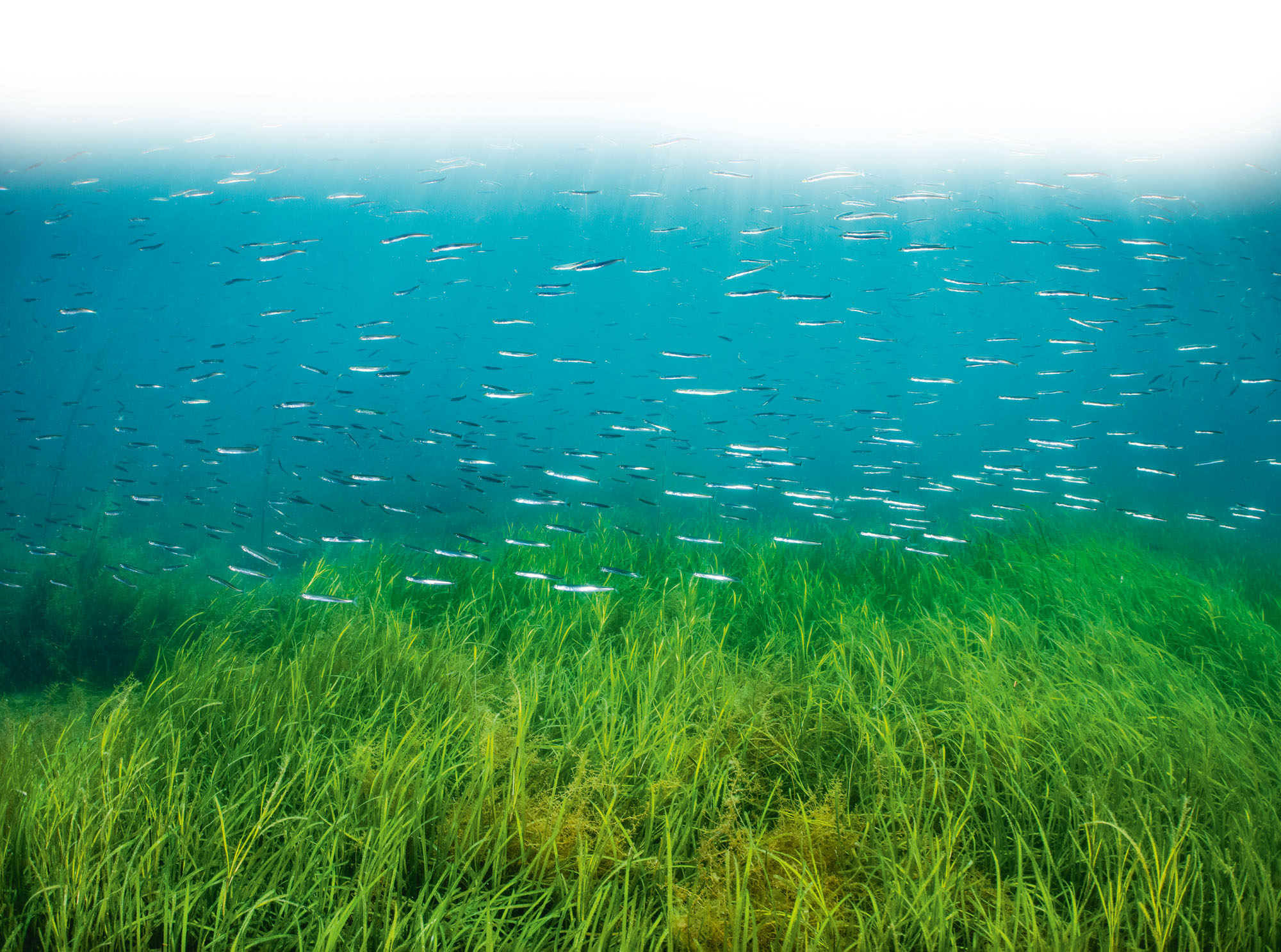

A hidden world lies within shallow waters around the British coastline, but parts of it are being lost before many of us have realised its remarkable beauty and diversity.
Some 167 years ago, Charles Kingsley, the author of the underwater classic The Water-Babies (1863), gave vent to his fascination with the mysteries of underwater plant and animal life in his Glaucus, or The Wonders of the Shore (1855). He bewailed the riches of our coastal waters, which had ‘to be seen, alas! rather by the imagination than by the eye….Often, standing on the shore at low tides, one has longed to walk on and under the waves…and see it all but for a moment’. Only in the second half of the 20th century did scuba diving provide a fuller picture of what lay below, allowing systematic surveys to be undertaken, although much remains to be discovered.
The potential contribution of marine habitats to our response to the climate crisis continues to be undervalued. However, one coastal underwater habitat of which the importance is increasingly recognised is that of seagrass meadows or beds.
Seagrasses are the only flowering plants that are salt tolerant and thus able to live in seawater and pollinate despite being submerged. The grasses grow up to 6ft long in water of up to 12ft in depth that is clear enough for the sun’s rays to penetrate it. Because they often form vast clusters, they can look like large underwater meadows.
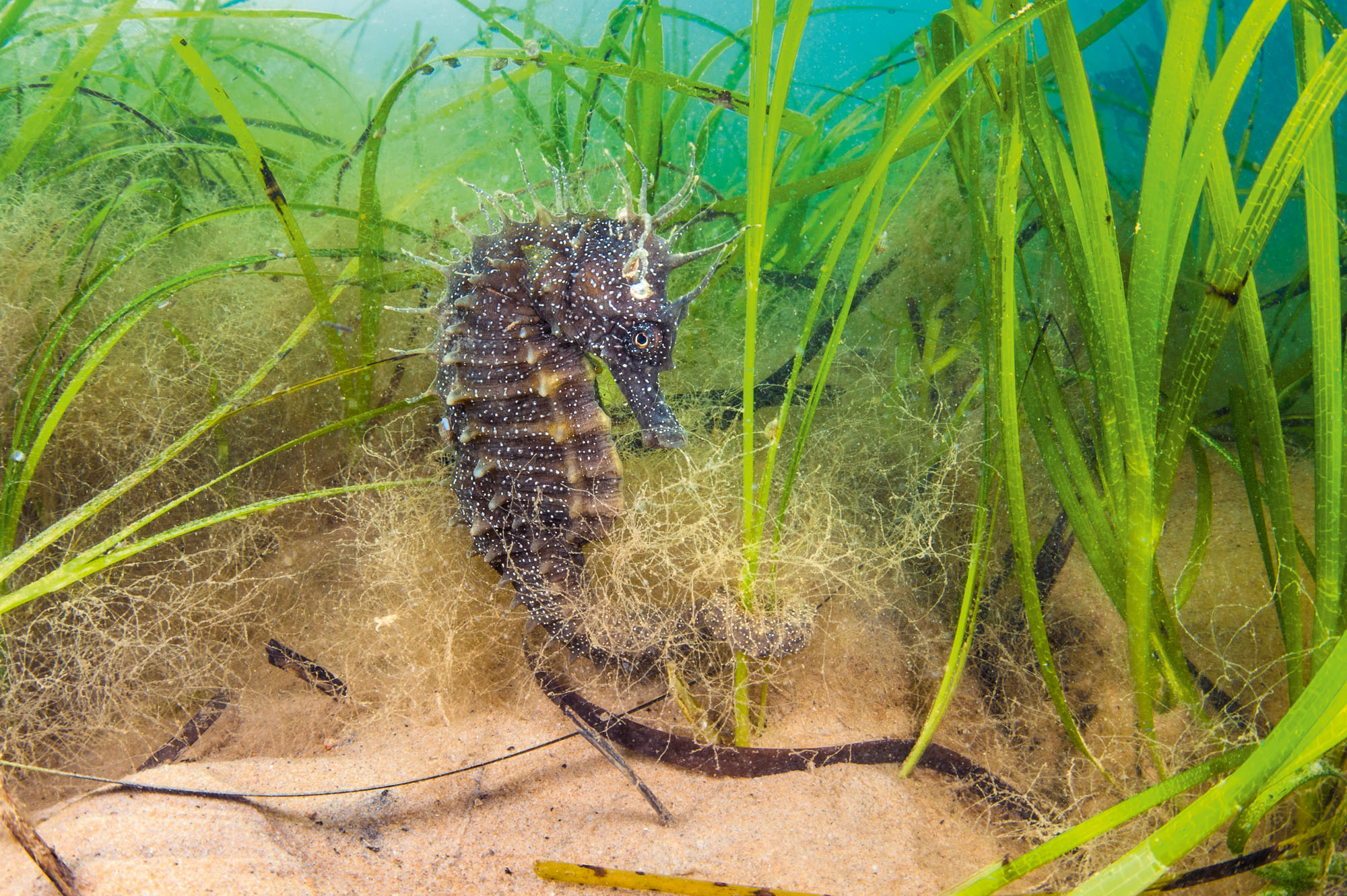
Amelia Newman, seagrass cultivation officer of the Ocean Conservation Trust, calls seagrasses ‘one of the most valuable and biodiverse habitats on the planet and one of the few to provide multiple benefits to the environment. As well as having the capacity to store huge amounts of carbon, which makes seagrass beds such an important player in the battle against climate change, they provide nurseries for commercially important fish species, including cod and mullet, support thousands of small invertebrates and offer a habitat for rare endangered species, such as seahorses and stalked jellyfish’. The root systems of seagrasses also increase sedimentation, which helps stabilise the ocean floor and reduce coastal erosion.
There are about 45 known species of seagrass found amid the oceans of the world, from northern Russia to Australasia, three of which are found in Britain — common eelgrass (Zostera marina), dwarf eelgrass (Z. noltii) and narrow-leaved eelgrass (Z. angustifolia) — in harbours, estuaries and lagoons. Globally, however, the total area of seagrass is declining at a rate of about 7% a year, the equivalent of two football fields each hour. A study published in the journal Frontiers in Plant Science last year estimated that the UK had lost 39% of its seagrass since the 1980s. The study admitted knowledge of historical loss was limited, however it suggested ‘losses over longer time spans may be as high as 92%’. Collated data from the past 25 years confirmed the presence of only 32 square miles of remaining seagrass beds around the UK.
Miss Newman attributes the decline to a combination of factors, including physical disturbance, pollution and disease. ‘Seagrass wasting disease (caused by a pathogen that limits the plant’s growth) is thought to be the primary cause of losses in the middle of the 20th century. However, seagrasses have also been damaged by physical disturbance, including the anchoring and launching of leisure boats, dredging and destructive fishing activities. Seagrasses also face the negative effects of poor water quality. An increase in nutrients in the local water source can cause nutrient enrichment and macro-algae growth that limits seagrass growth.’
Sign up for the Country Life Newsletter
Exquisite houses, the beauty of Nature, and how to get the most from your life, straight to your inbox.
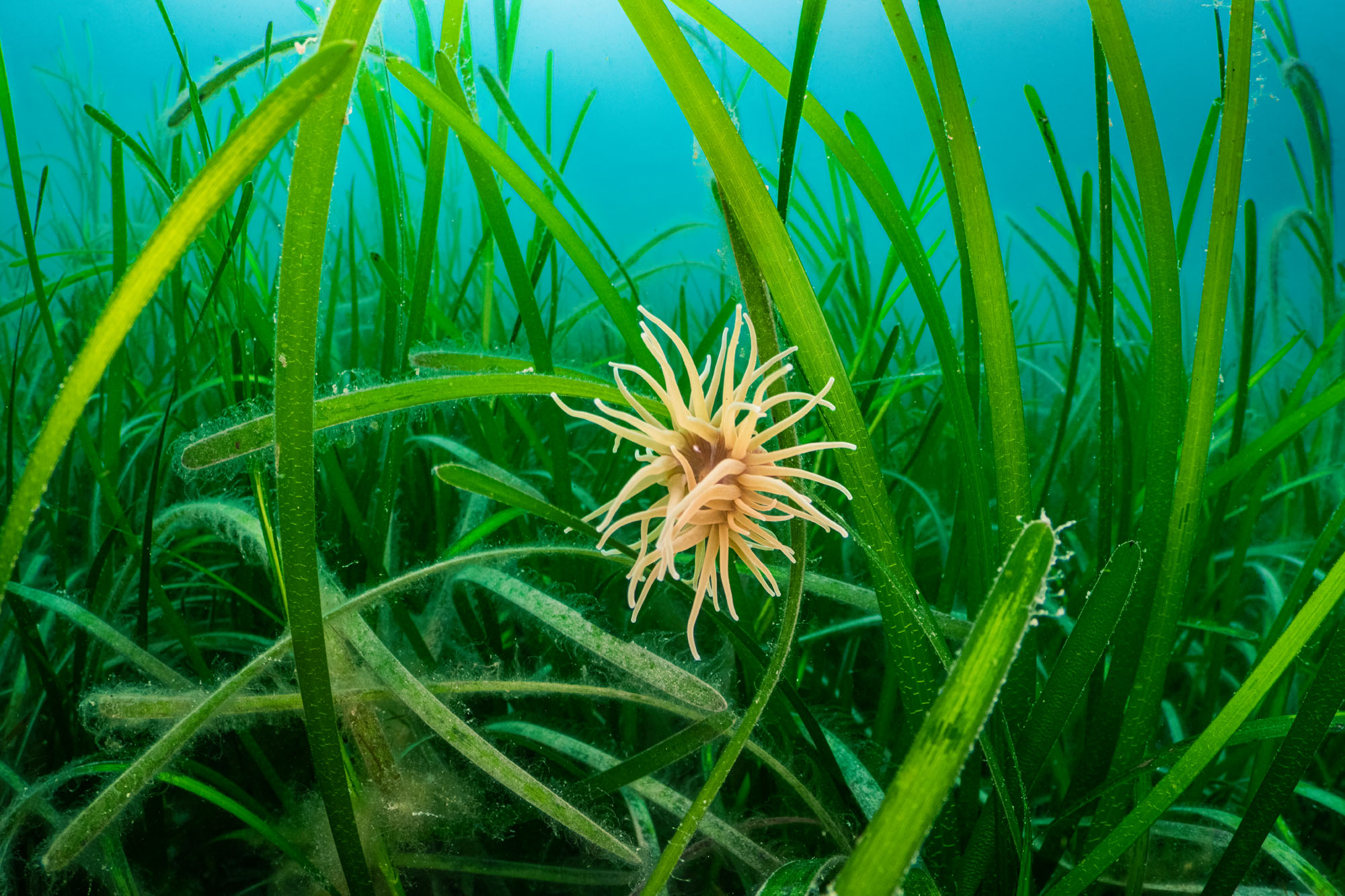
This is a loss barely less catastrophic than the destruction of tropical rainforests or coral reefs, even if less publicised. Not only do seagrass meadows harbour 30 times more marine life than surrounding habits, they are able to absorb carbon up to 40 times faster than terrestrial forests. According to the Joint Nature Conservation Committee’s UK BAP Priority Habitat description for seagrass beds, one of the key remaining areas around these isles is the Cromarty Firth, which supports probably the largest total area of our surviving dwarf eelgrass and narrow-leaved eelgrass. Other important surviving seagrass areas include the Isles of Scilly, the Exe Estuary, Maplin Sands, the Solent marshes, Milford Haven and Morfa Nefyn on the Llyn Peninsula.
There is a glimmer of hope. Seagrasses are tricky to restore, but restoration initiatives are being undertaken. The Ocean Conservation Trust has worked with Natural England’s marine modelling team to find the best areas for the re-establishment of the meadows, as part of the Natural England-led Life Recreation ReMEDIES partnership.
The aim is to plant 20 acres across five Special Areas of Conservation in southern England. Miss Newman says the project began with divers collecting seeds: ‘These were brought to our cultivation laboratory at the National Marine Aquarium in Plymouth, Devon, where we can replicate the sandy seabed, using hessian to enable roots to become established. We are also able to replicate April water and environmental conditions with the light, water temperature and salinity. As we have learned more about seagrass germination, we have been able to increase from a 7% to a 70% survival rate of seedings.’
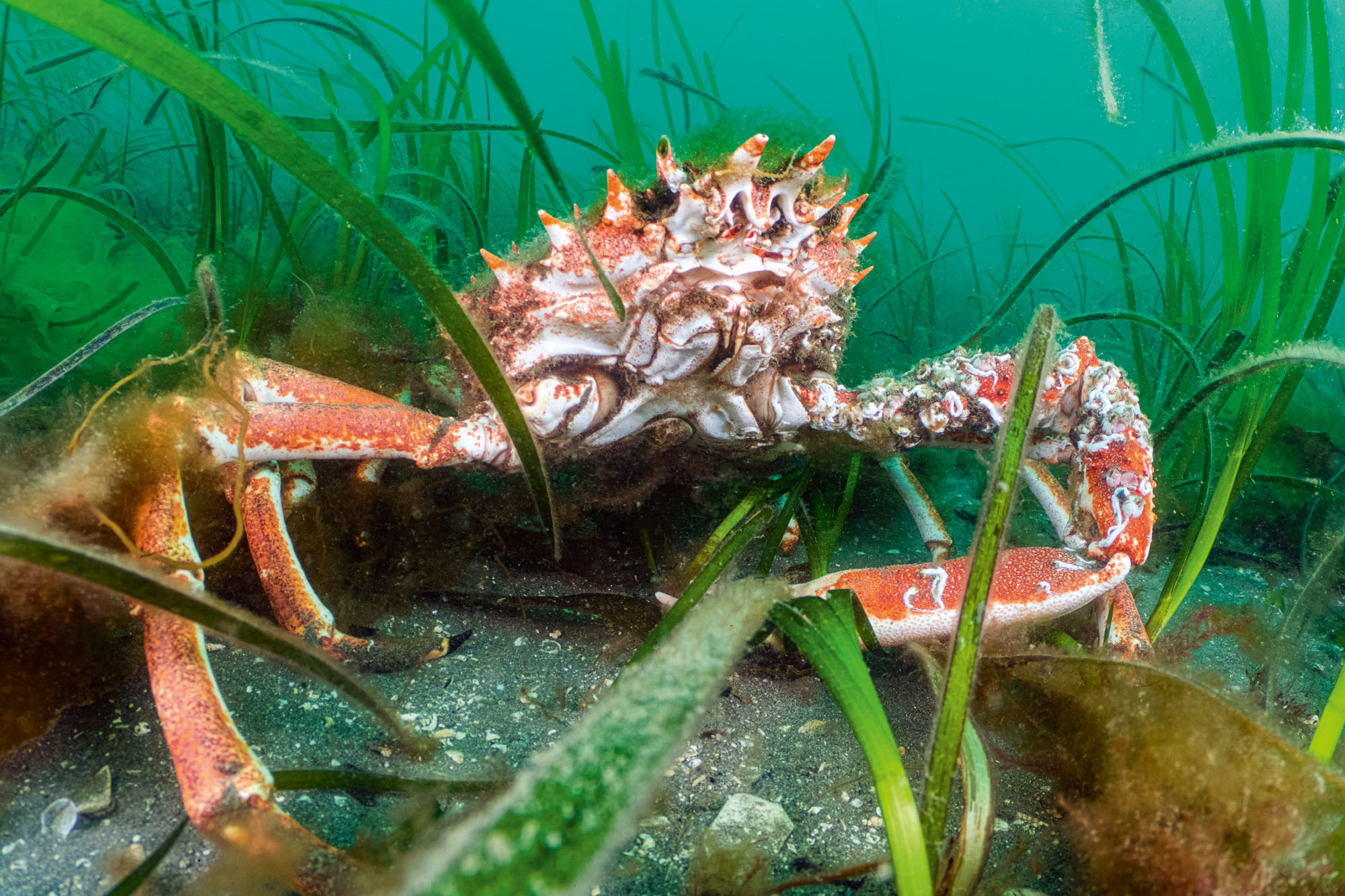
The first transplanting of the seeds involved volunteers dropping more than 18,000 bags by hand from a barge at Jennycliff Bay on Plymouth Sound in the spring of 2021 — the work will be repeated this year, but increased to 40,000 bags across Plymouth and the Solent. The next stage of the programme is to transplant seedlings into Plymouth Sound, then assess which technique is most effective.
The Ocean Conservation Trust has launched Blue Meadows, too, with the aim of working with leisure and commercial boats to minimise seagrass disturbance. Mark Parry, the trust’s development officer, points out: ‘To many boaters, it is not clear where the seagrass meadows are, so they are unaware of the damage caused when anchoring or fishing.’ A pilot scheme has been launched in Falmouth, Cornwall, where buoys have been placed to mark 50 acres of seagrass, the equivalent of 20 football pitches. A similar initiative is planned for Torbay in Devon. The Ocean Conservation Trust says it aims to protect 10% of all UK seagrass during the next five years.
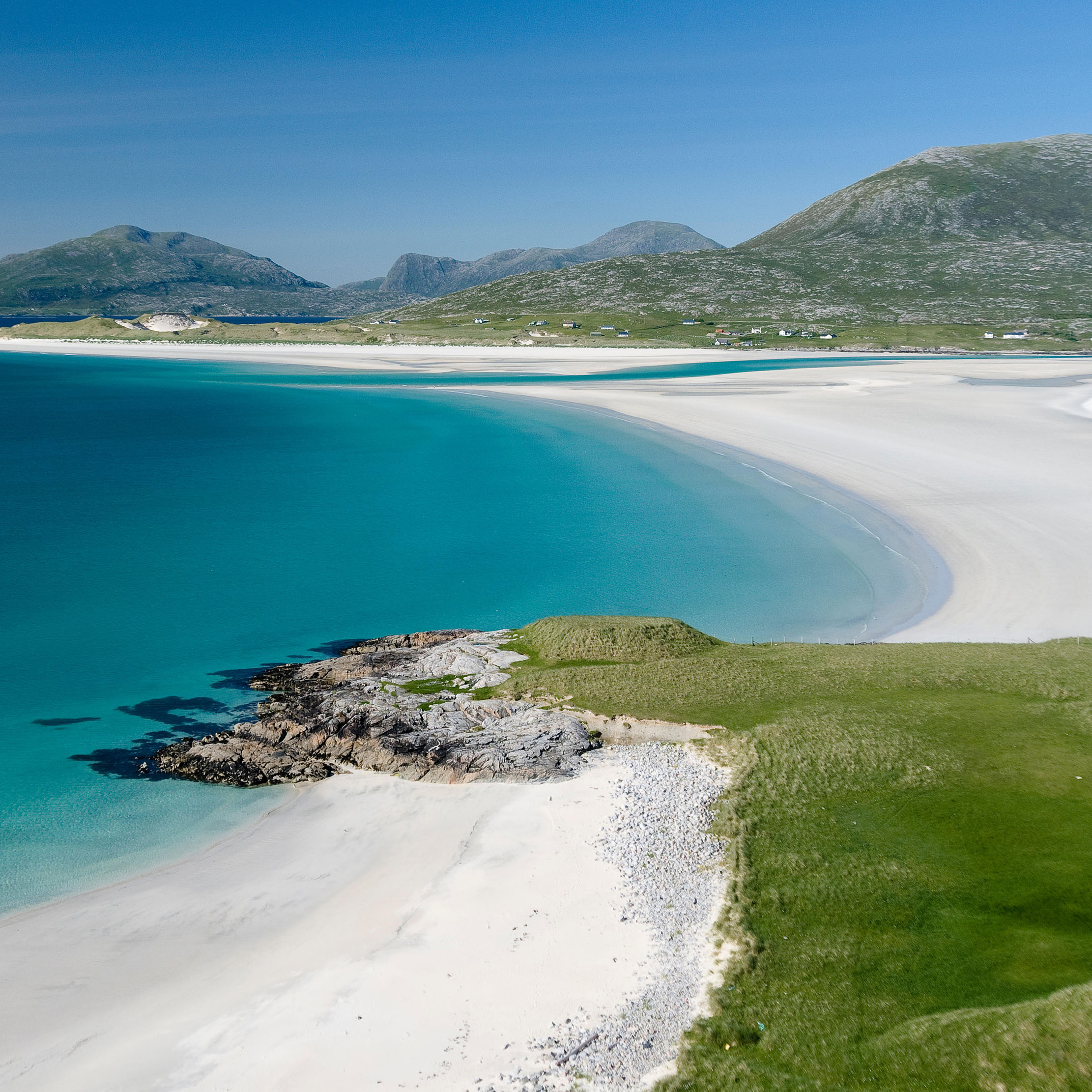
10 of the best beaches in Britain and Ireland, from sandy spaces for families to places of exquisite natural beauty
If you're planning a holiday in Britain or Ireland this summer, you're in for a treat: the spectacular coastlines of
Somerset born, Sussex raised, with a view of the South Downs from his bedroom window, Jack's first freelance article was on the ailing West Pier for The Telegraph. It's been downhill ever since. Never seen without the Racing Post (print version, thank you), he's written for The Independent and The Guardian, as well as for the farming press. He's also your man if you need a line on Bill Haley, vintage rock and soul, ghosts or Lost London.
-
 The King's favourite tea, conclave and spring flowers: Country Life Quiz of the Day, April 22, 2025
The King's favourite tea, conclave and spring flowers: Country Life Quiz of the Day, April 22, 2025Tuesday's Quiz of the Day blows smoke, tells the time and more.
By Toby Keel
-
 London is the place for me* (*the discerning property buyer)
London is the place for me* (*the discerning property buyer)With more buyers looking at London than anywhere else, is the 'race for space' finally over?
By Annabel Dixon